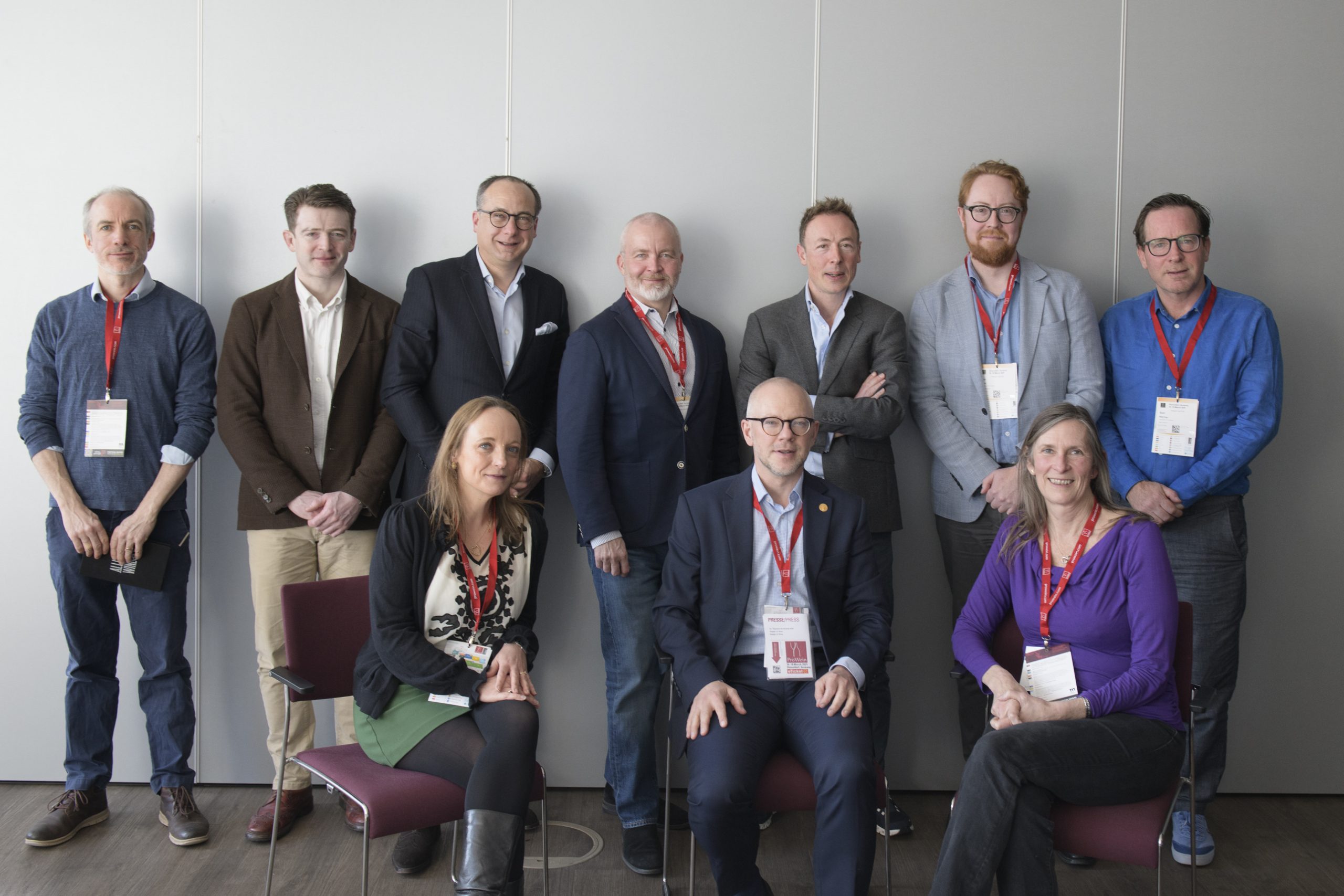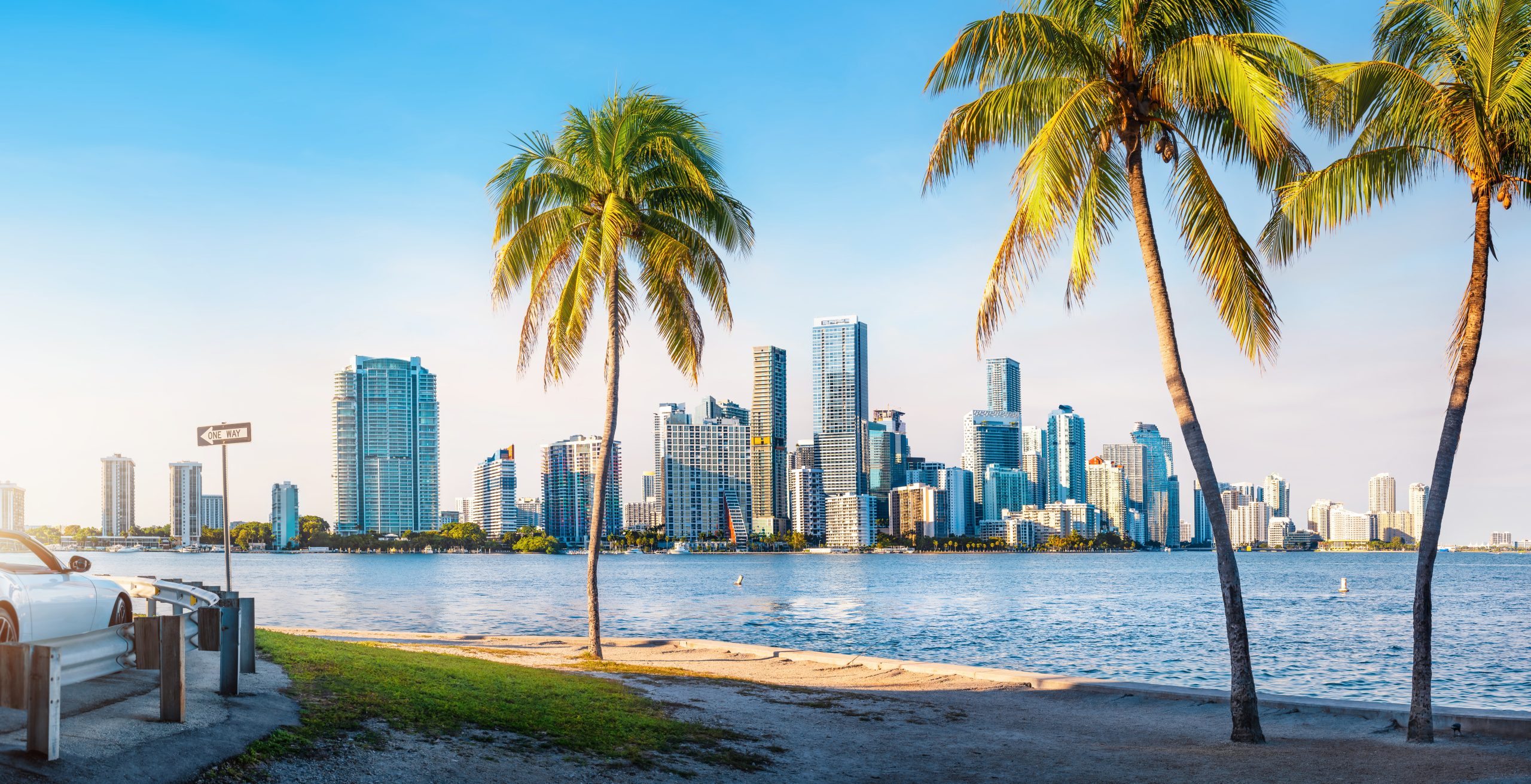Carlsberg’s paper beer bottle: Questions answered
Following the announcement by Carlsberg that it had designed the “world’s first paper beer bottle”, we asked the companies behind the project just how eco-friendly the product really is.
Last week, Danish brewer Carlsberg revealed two prototypes for its green fibre bottle.
It first announced plans for the project in 2015, working alongside EcoXpac, BillerudKorsnäs and post-doctoral researchers from the Technical University of Denmark. This resulted in the creation of paper bottle company Paboco, a joint venture between BillerudKorsnäs and bottle manufacturing specialist ALPLA.
The two designs are made from sustainably-sourced wood fibres and have an “inner barrier” allowing the bottle to hold beer. One uses a thin recycled PET polymer film barrier, while the other has a bio-based PEF polymer film barrier.
But just how recyclable is the multi-layered bottle?
Gittan Schiöld, CEO of Paboco, said the designs are “fully recyclable” with the inner barriers able to be easily separated from the wood fibre component.
Schiöld added: “Our vision and our partners’ vision is to develop a fully recyclable and bio-based paper bottle including an integrated barrier that could degrade if the bottle accidentally ends up in nature.
“This is still under development. Meanwhile we are testing existing barrier materials and application technology. We expect controlled testing in selected markets in 2020.”
She also said that as things stand, while bio-based polymers are able to be recycled this would be “challenging due to conventional recycling systems”.
Gittan Schiöld, CEO of Paboco.
“To convert and to scale up to significant volumes is costly and need market commitment like any new invention,” she added.
Clearly, in order for the project to be a success, existing technology must improve and be upgraded.
Carlsberg is testing two different substances which form the inner barrier for its bottles: a recycled PET polymer and a bio-based PEF polymer. But what are they, are what is the difference between them?
Schiöld said: “PEF (polyethylene furanoate) is a 100% plant-based product, made from converted plant based sugars, and is a 100% recyclable plastic with superior performance properties compared to today’s widely used petroleum-based packaging materials.
“Recycled PET (polyethylene terephthalate) is PET regranulate made from post-consumer drinks bottles and results in greenhouse gas emissions that are only a tenth of the level of newly made PET material.”
Partner Content
The companies involved have faced a number of obstacles in creating bio-based packaging, especially when filling it with a pressurised liquid such as beer.
Schiöld added: “We are currently testing polymer-based barriers that are either recycled or bio based in order to learn and develop the barrier and application technology further. In the prototypes, we have used two different polymer materials, as there currently are no technical solutions available that can ensure that the bottle can contain beer at the strict quality levels we require.
“The barriers are thinner than a normal PET bottle as the fibre shell provides structural strength to the bottle, enabling a much smaller amount of polymers than normal plastic bottles. But our vision remains to make a fully bio-based and recyclable packaging without any polymers.”
Tony Hitchin, general manager, Pro Carton, the European association of carton and cartonboard manufacturers, appreciates that the technology is still some way off, but highlights the developments that have already taken place.
“The biggest challenge is to achieve comparable barrier properties to plastic,” he said. “Huge advances are being made in this area and already we are seeing ice cream tubs and fast food packs made entirely from cartonboard and bio-based materials.
“The paper beer bottle is a very exciting news but it’s still in development, although the organisations involved must be sufficiently confident to have put out the recent press releases.
“One other development that we’re really pleased about is the move from high-cone plastic rings or shrink-wrap for multipacks into cartonboard sleeves (used by Guinness and Budweiser for example) or clips. When I was
in Antwerp with my son last year I noticed that all the beer multipacks were in cartonboard whereas in the UK plastic still dominates.”
The past couple of years have also seen plastic straws banned from major food and drink chains, and the development of paper straws and other biodegradable cutlery.
Schiöld said: “Billerudkorsnäs is working hard on new innovative solutions sourced from wood fibres and paper. These include strengthening the paper materials, and using flexible paper or paper that can disintegrate only through mechanical action in combination with aggregate and water like cement sacks, as well as paper bottles or even paper batteries. Sustainable and efficient barriers for paper is also an important development.
“Pressurised drinks like beer have high demands on barriers like water vapour and oxygen transmission. Beer is also UV sensitive.”
Carlsberg and Paboco are not the first to experiment with paper packaging in drinks. Back in 2011, the drinks business received a visit from a company attempting to launch a paper wine bottle in the UK. However a search on Companies House revealed that the business, called Green Bottle, was dissolved in 2015.





What about the flavor profile? Will it be impacted by the material?
One can only hope.